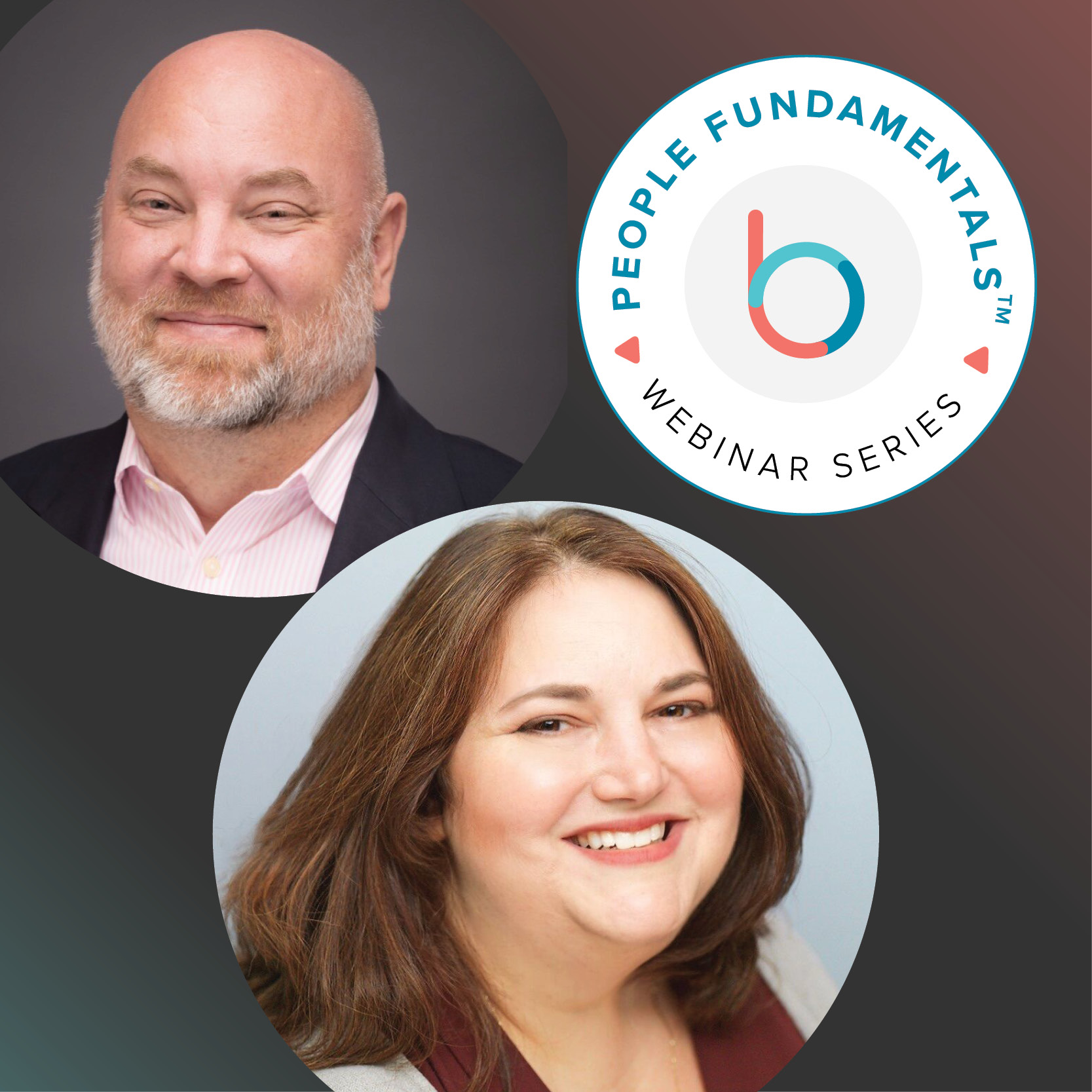Technology’s potential to augment people’s abilities and make them better at their jobs makes it a key driver, not just of your people strategy, but of your business strategy. That’s a topic that Tim Ringo knows a lot about.
As a former senior executive at Accenture, IBM, and SAP, Tim has designed and led some of the largest and most successful HRIT and change programs in the world. Those experiences have given him unique insights into how HR technology can amplify productivity, which he explores in his book, “Solving the Productivity Puzzle.”
Tim is serving as a keynote speaker at EmpowerHR Europe. Ahead of that event, we asked for his advice on how HR leaders can strategically implement technology to amplify productivity and improve performance.
Embed new tools in your strategy and workflow
Assessing new tools and technology provides a chance to revisit your talent strategy at a high level. “Who are we as an organization?” Tim suggests asking yourself. “What’s our operating model in terms of helping the organization achieve its goals?” Consider what the business needs from people to accomplish its strategic plan. Then take a deeper look at your processes and where you can integrate technology to support the workforce in achieving those goals.
Strategic alignment is a crucial first step to any investment, but especially one as big as HR technology. “Too often, people will go out and buy HR technologies and not really have a reason for doing that,” Tim says. “And then it ends up being an IT project versus an HR change project.”
Once you’ve aligned what you need from HR technology with where the business is going, consider the value HR technology can add to employees’ day-to-day lives.
Engage your managers in conversations about performance management
Upgrading your performance management process and adopting new tools can propel your workforce productivity to new heights. But any significant change is likely to be met with resistance — especially one that shifts the primary responsibility for performance management from HR to managers.
Tim emphasizes the importance of demonstrating how new performance management processes and technology benefit the people most affected by the change. “Whenever I’ve been implementing HR technologies and new processes and operating models, I’ve always considered who’s the audience,” he says. “Who is going to be using this tool and benefiting most from it? And quite often it’s the managers.”
He recommends giving managers a chance to experiment with new tools and apply them in the flow of work before they commit to them. “Give people the opportunity to sit down and play with the software and do some real scenarios,” Tim says. “When you answer the ‘what’s in it for me’ and then let them touch it in a day-in-the-life type of scenario, I see the change resistance melts away quite significantly.”
Tap into employee goals and motivation
Taking a business-centric approach to managing performance can stifle growth. Employees are key drivers of the business, and they contribute their best when their needs and interests are met. “Organizations are realizing that getting the right people in the right place, with the right skills at the right time, and — most importantly — the right motivation is really, really powerful,” Tim says, underscoring the significance of aligning individual and business goals to increase productivity.
“The great thing about HR technologies these days is they’re profile-driven, which means they’re driven by, ‘Who are you as an individual? What skills do you have? What experiences do you have?’” Tim says. This focus on individual profiles lets you tailor your workforce planning strategy, ensuring that employees are not only positioned in roles that suit their capabilities but also motivated to excel in their roles.
Employee goals and motivation, coupled with the precision offered by profile-driven HR technologies, form a powerful combination. This synergy not only enhances organizational efficiency but also fosters an environment where employees feel acknowledged and motivated, ultimately contributing to sustained success and growth.
In recent months, Tim says, productivity has been trending up. “We’re seeing that because organizations are, I think, a lot more ready to invest in HR technologies,” he says, “particularly those types of technologies that are going to help align people to the business strategy.”
Deploying HR technology to drive the business forward can be overwhelming, but Tim suggests staying focused on the end goal of HR digital transformation, which is “to improve people’s experience and their capabilities.”
Want to learn more? Register for EmpowerHR Europe to hear more from Tim about how to reimagine your performance management process to drive business outcomes.
Don’t miss Tim!



